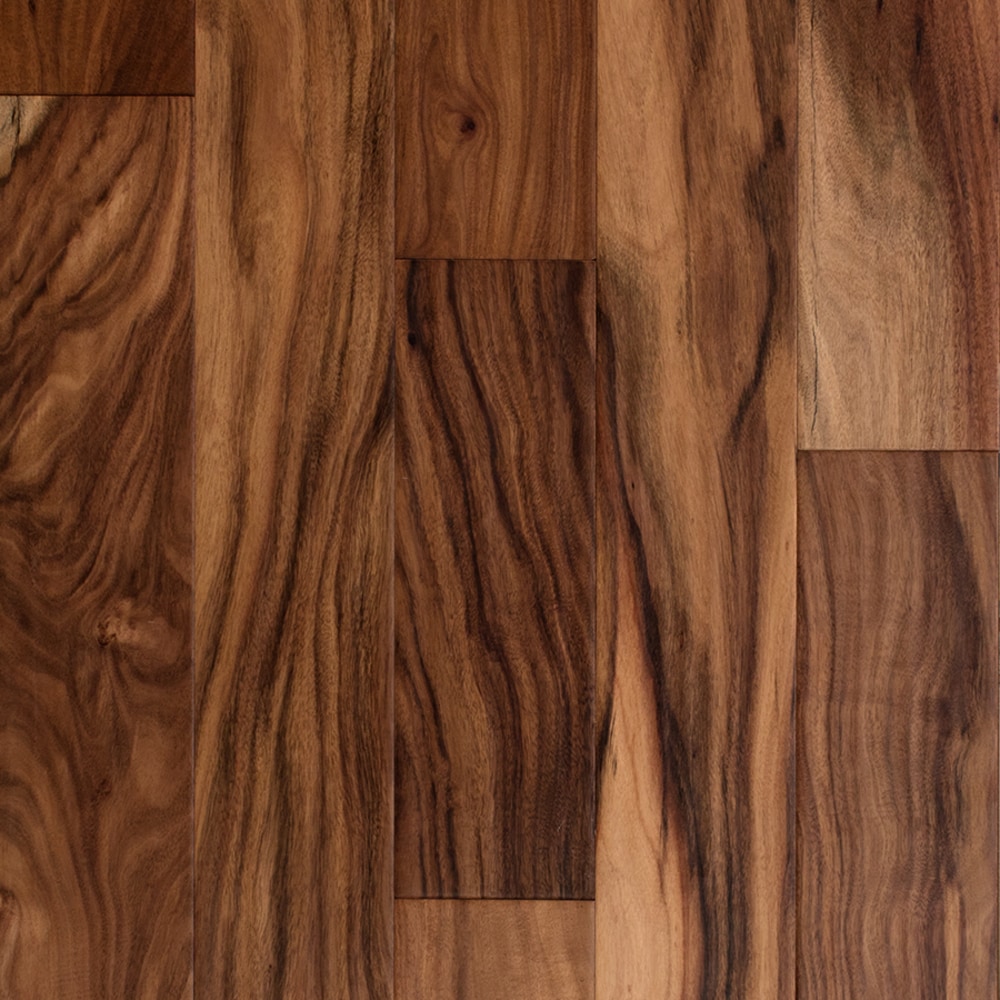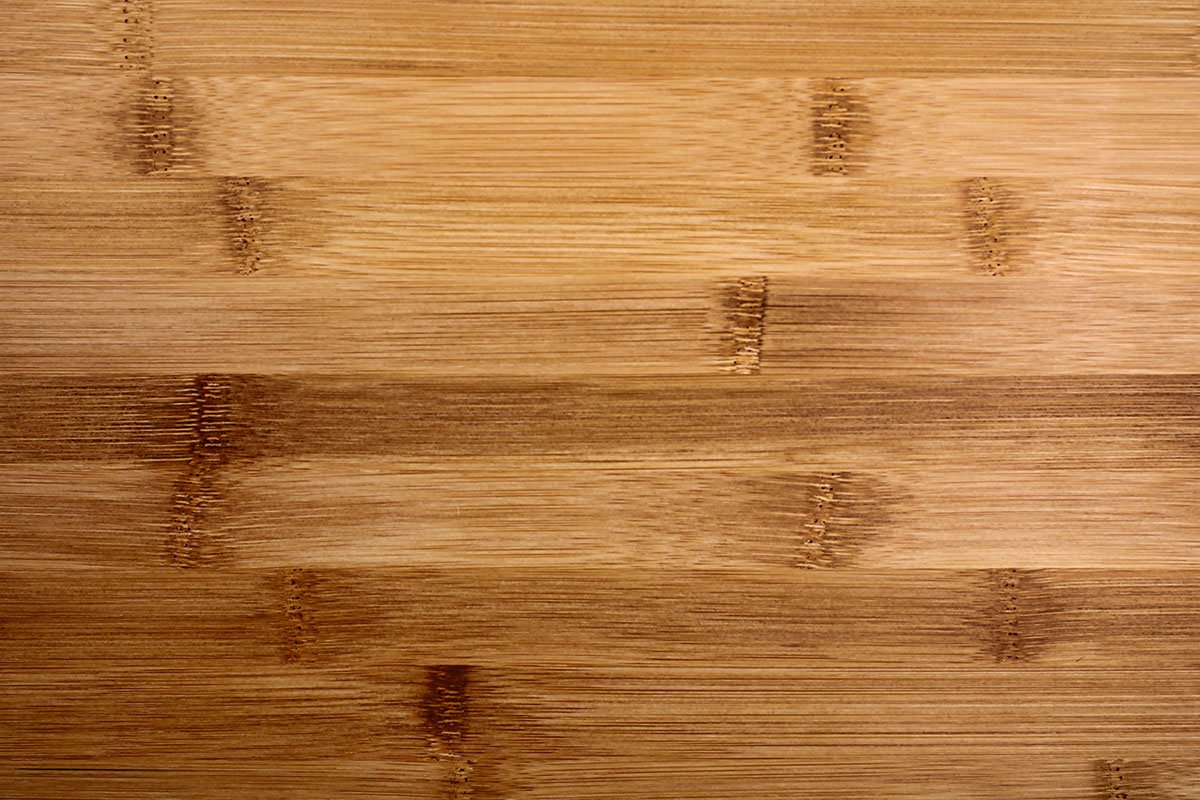Whatever You Should Know regarding Bamboo Flooring
Whatever You Should Know regarding Bamboo Flooring
Blog Article
The article author is making a number of great observations about Bamboo Flooring as a whole in the content down the page.
Bamboo flooring is well-known for numerous homeowners due to its advantages. It has actually come to be the significant choiced floor for service as well as house owners whenever there is requirement for sustainability.
Nevertheless, bamboo just like timber, is vulnerable to damages and splitting when moisture levels vary.
Are you assuming about bamboo flooring for your home? After that, matter yourself lucky since this short article will certainly show you everything you require to recognize. We will review its functions to think about. We will additionally review the different types of bamboo flooring readily available on the market. Keep analysis!
Sorts Of Bamboo Flooring
There are 3 basic alternatives: strand-woven, upright, as well as straight. House owners can select which type of bamboo flooring to buy based on their attributes. Also, the buyer's intended aesthetic impacts the picked Bamboo flooring kind.
Solid - Upright Bamboo Flooring
Thin strips of dry bamboo wood glued vertically and pressed making use of high warm and stress develop this type of bamboo flooring.
The thinnest side of the bamboo slabs will be in a vertical type. Then, a company bonding, pushing, and lamination will certainly adhere to. Due to their approach of joining, the bamboo strips include a narrow grain pattern.
The good thing regarding this type of bamboo flooring is that it is durable as well as really budget friendly. Additionally, it provides a stylish and also stylish flooring finish. It is not extensively readily available.
Solid - Horizontal Bamboo Flooring
You will certainly observe that this type is virtually the like upright bamboo flooring. Yet it has a minor variant. Horizontal bamboo is just one of one of the most popular kinds of bamboo flooring.
It is made by drying significant strips of bamboo, slicing these larger items right into thinner strips, and after that gluing them to create planks. The boards will certainly after that undergo stress and also heat to ensure they are well fastened.
Natural bamboo has a lighter color. Thus, the strips are commonly tarnished. While carbonized bamboo will certainly be much less difficult than routine bamboo, if you need a darker color, it may do you excellent. It likewise provides the all-natural bamboo looks as well as a selection of alternatives.
Strand Woven Bamboo Flooring
Shredding the bamboo to remove the fibers is just one of the more drawing steps in creating strand-woven bamboo floorings.
The bamboo fiber is frequently blended with an adhesive after it's made to a pulp. The product is then knitted and compressed under great warmth, as the name suggests.
After making vertical as well as straight bamboo, the strips serve to develop strand woven bamboo. The eco-conscious customer might find this function appealing. The reason is that it guarantees that the entire bamboo stalk produces very little waste.
Engineered Bamboo Flooring
Both solid and also crafted bamboo flooring choices are offered. As soon as the bamboo timber fits, it isn't easy to compare them.
Their differences are due to their production. Engineered bamboo timber has a slim plywood backing.
Whether engineered or solid, bamboo flooring is tough, resilient, as well as eye-catching.
Engineered bamboo flooring uses the floating wood flooring over a slim foam base. They might likewise remain in the type of large slabs. They are readily available in sizes up to 19 cm.
When Picking Bamboo Flooring, features And What to Keep in Mind
With a multi-layered coating, bamboo flooring will certainly be pretty durable. Maintain in mind that future touch-ups might need a more competent flooring expert.
Also, using your finish will certainly make matching repair services simpler as soon as set up in your home. Yet the surface will not last as long as manufacturing facility surfaces.
Apart from that, here are some interesting attributes of bamboo flooring.
Long lasting
Bamboo flooring is not created equivalent. There are many kinds of bamboo, and also the numerous methods used to turn it right into slabs influence its resilience.
Because of this, bamboo, like wood flooring, can end up being vulnerable to tear and also put on with time. Scraping, cracking, and other wear and tear may occur. You can additionally sand some bamboo to look like wood, yet not all.
Low-cost Maintenance
You can maintain bamboo flooring in good condition by cleaning and damp mopping. So in spite of being a lot more prone to scratches, bamboo flooring is very basic to maintain.
You may get bamboo floors that are comparable to brand-new by sanding them down as well as using a fresh coat of paint.
Eco-Conscious
This flooring comes from a natural plant called the bamboo plant. So when compared to other tree species made use of to make hardwood flooring, bamboo grows even more and also much faster.
Bottom Line
It's basic to recognize why bamboo flooring has ended up being a lot more favored nowadays. For virtually any residence, bamboo offers several solid and also audio services for the environment. Bamboo flooring may be the finest choice for upgrading your flooring.
We will certainly additionally go over the different types of bamboo flooring readily available on the market. House owners can pick which kind of bamboo flooring to purchase based on their traits. Straight bamboo is one of the most prominent types of bamboo flooring.
While carbonized bamboo will certainly be less difficult than regular bamboo, if you require a darker color, it may do you great. After making upright as well as horizontal bamboo, the strips offer to create strand woven bamboo.
Bamboo Flooring
Manufacture of Bamboo Flooring
Stranded bamboo is made by shredding the bamboo stalks into small strands, which are compressed into sheets using heat and resin binders, then cut into planks to use as building materials. This form of flooring is available both as tongue-and-groove planks that are nailed down, as well as planks that float over the underlayment. This is a premium form of bamboo flooring, available in many colors.
Horizontal bamboo flooring is manufactured by cutting the strands into thin strips which are then glued together to form planks. This type of flooring has a "grain," since the long stalk fibers are visible in the flooring. This type of bamboo is not as hard or durable as stranded bamboo, but it can have a very striking appearance. It, too, is available both in nail-down planks and as floating floor planks.
Engineered bamboo flooring is made by bonding a thin layer of bamboo onto a plywood or MDF core. This flooring is comparable to engineered hardwood and is installed in the same way—usually with click-lock planks that float over a foam underlayment. It is the least expensive (and least durable) form of bamboo flooring, and it cannot be refinished.
Unless it is stained, most bamboo flooring has a natural blonde or amber color that resembles unfinished maple or birch, but darker tones are available through a process called carbonizing, which entails subjecting the planks to high temperatures. While the color can be very attractive, carbonized bamboo is softer than uncarbonized forms, and is more susceptible to scratching.
Eco-Friendliness
Environmentally conscious consumers are often drawn to bamboo as a wholly renewable resource. Unlike the hardwood lumber industry, where trees can take decades to mature, bamboo stalks grow so fast that there is little environmental liability to the harvest practices. Moreover, bamboo stalks that are cut simply continue to grow and replenish themselves so that they can be harvested.
But the manufacturing process creates other environmental concerns. Bamboo floor planks are manufactured by slicing or shredding the stalks of bamboo grass plants and then compressing the pulp back together using heat, pressure, and a resin-based adhesive identical to those used in many other flooring products. This adhesive often contains urea-formaldehyde that can outgas into the air.1
The level of adhesive used and the amount of toxins emitted will vary, depending on how the bamboo planks are manufactured. Cheaper products may contain more formaldehyde, while more expensive products may use alternative materials in the resins. The amount of formaldehyde used in bamboo flooring is similar to that found in engineered hardwood flooring or MDF sheathing, and it tends to be a problem only for sensitive individuals.2 But if this concerns you, look for bamboo products labeled as formaldehyde-free.
Bamboo Flooring Cost
This material is priced at about the same level as most hardwood floors. You can find bamboo flooring products ranging from about $2 to $8 per square foot, with a national average of $3.84 per square foot. Installation costs for bamboo flooring are much the same as for hardwood flooring. On average, figure on adding about $4 per square foot for installation labor in addition to the cost of materials. You should be able to get a good-quality bamboo installed for less than $10 per square foot, including materials and labor.
https://www.thespruce.com/benefits-and-drawbacks-of-bamboo-floors-1314694

We are very intrigued by Bamboo Flooring and I am hoping you liked my blog post. I beg you set aside a second to distribute this article if you liked it. Thanks so much for going through it. Report this page